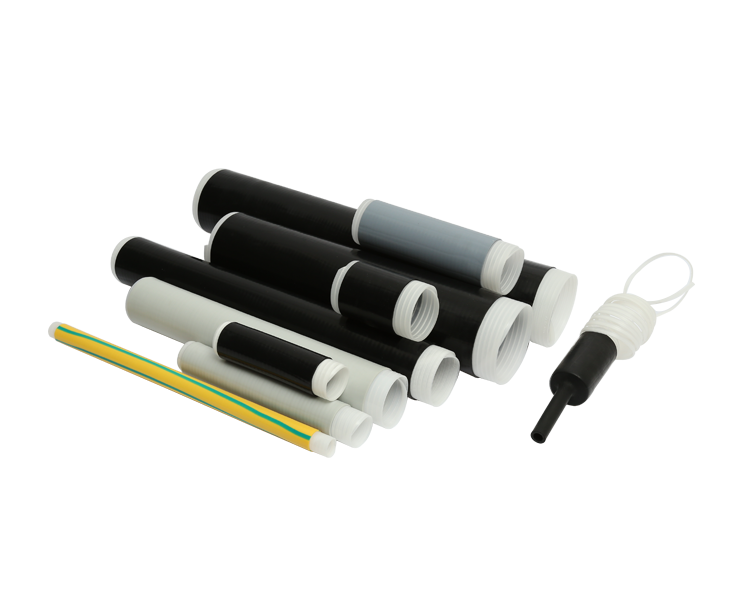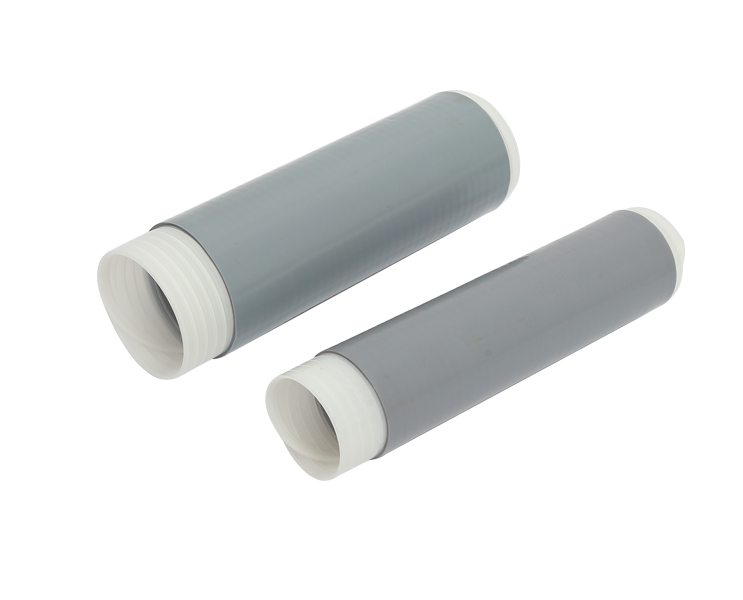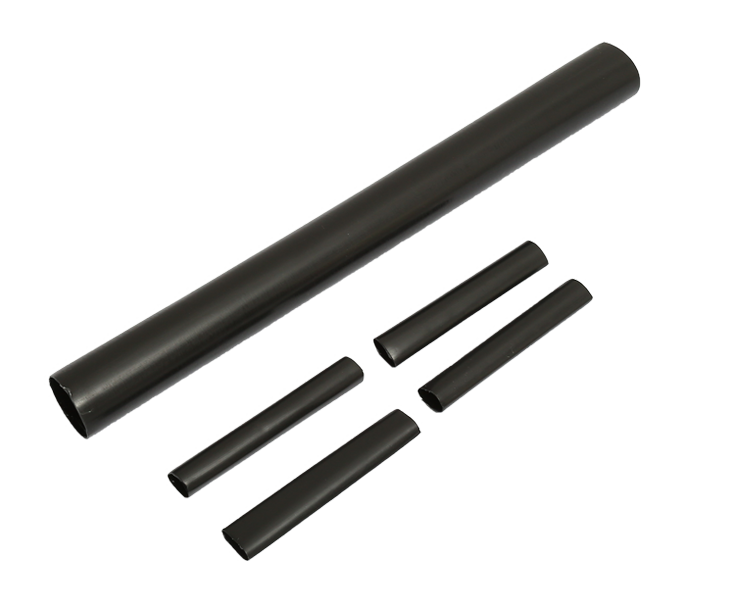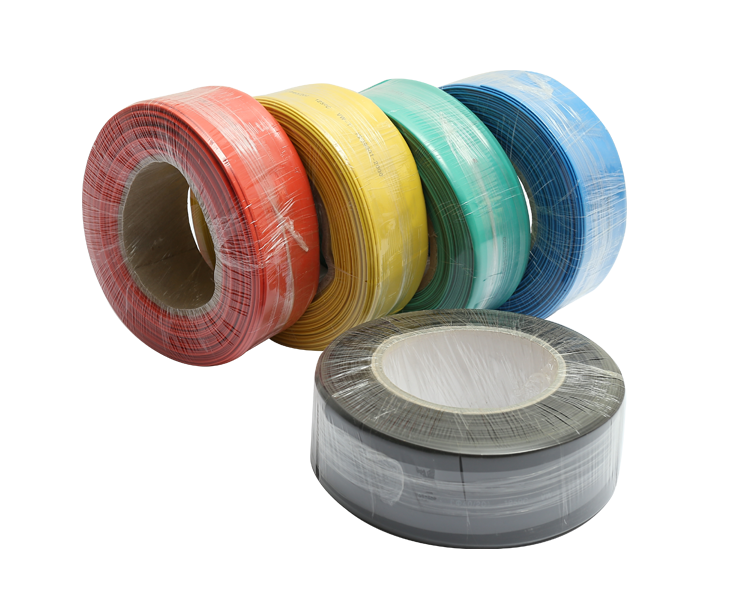OEM Power Cable Joint Kit Wholesaler Exporter Producer
Power cable joint kits are essential components in electrical infrastructure, facilitating the reliable connection and insulation of cables in various applications.
Power cable joint kits serve a critical role in electrical installations by enabling the safe and efficient connection of cables. These kits are designed to provide robust insulation and protection against environmental factors, mechanical stresses, and electrical faults. By ensuring secure connections, they maintain electrical continuity and reliability, supporting uninterrupted power supply in diverse environments.
There are several types of power cable joint kits tailored to specific applications and cable types:
Low Voltage Cable Joints: Used in residential, commercial, and industrial settings where voltages typically range from 1kV to 33kV.
Medium Voltage Cable Joints: Suitable for higher voltage applications ranging from 33kV to 132kV, commonly used in substations and distribution networks.
High Voltage Cable Joints: Designed for transmission networks where voltages exceed 132kV, ensuring reliable power transmission over long distances.
Each type of joint kit is engineered to meet voltage ratings, environmental conditions, and installation requirements, incorporating materials and designs that optimize performance and durability.
Power cable joint kits find widespread applications across industries where electrical connectivity is essential:
Utilities and Energy Sector: Used in power generation plants, substations, and distribution networks to connect and repair cables, ensuring efficient energy transmission and distribution.
Construction and Infrastructure: Deployed in building construction, tunnels, railways, and underground networks to establish reliable electrical connections and maintain operational continuity.
Industrial Applications: Applied in manufacturing facilities, mining operations, and petrochemical plants to support machinery, equipment, and process automation systems with dependable electrical connections.
Renewable Energy Projects: Utilized wind farms, solar power installations, and hydroelectric facilities to interconnect cables and support renewable energy generation and distribution.
The manufacturing of power cable joint kits involves precision engineering and adherence to industry standards:
Material Selection: Components are fabricated from high-quality materials such as cross-linked polyethylene (XLPE), silicone rubber, and epoxy resin, chosen for their electrical insulation properties, mechanical strength, and resistance to environmental stresses.
Assembly and Encapsulation: Kits are assembled to include cable terminations, splicing components, insulating tapes, and sealing compounds. They undergo encapsulation processes using molds or casting techniques to ensure watertight seals and protection against moisture ingress.
Quality Assurance: Stringent testing procedures validate performance characteristics, including electrical conductivity, insulation resistance, thermal stability, and mechanical integrity, ensuring compliance with safety and reliability standards.
Power cable joint kits offer numerous benefits that contribute to their widespread adoption:
Reliability: Ensures secure electrical connections, small downtime and operational disruptions.
Safety: Provides insulation against electrical faults, protecting personnel and equipment from hazards.
Flexibility: Accommodates diverse cable types, sizes, and environmental conditions, supporting versatile applications.
Durability: Withstands harsh environments, temperature variations, and mechanical stresses, ensuring long-term performance.
Cost-effectiveness: Reduces installation time and maintenance costs associated with cable repairs and replacements.
The future of power cable joint kits is marked by ongoing advancements and innovations:
Smart Integration: Integration of sensor technologies for real-time monitoring of electrical parameters and environmental conditions.
Environmental Sustainability: Adoption of eco-friendly materials and manufacturing processes to small carbon footprints and support sustainable practices.
Advanced Insulation Technologies: Development of enhanced insulating materials and coatings for improved performance and longevity.
Digitization and Connectivity: Utilization of IoT (Internet of Things) capabilities for remote monitoring, diagnostics, and predictive maintenance of cable joints.

 English
English 简体中文
简体中文



